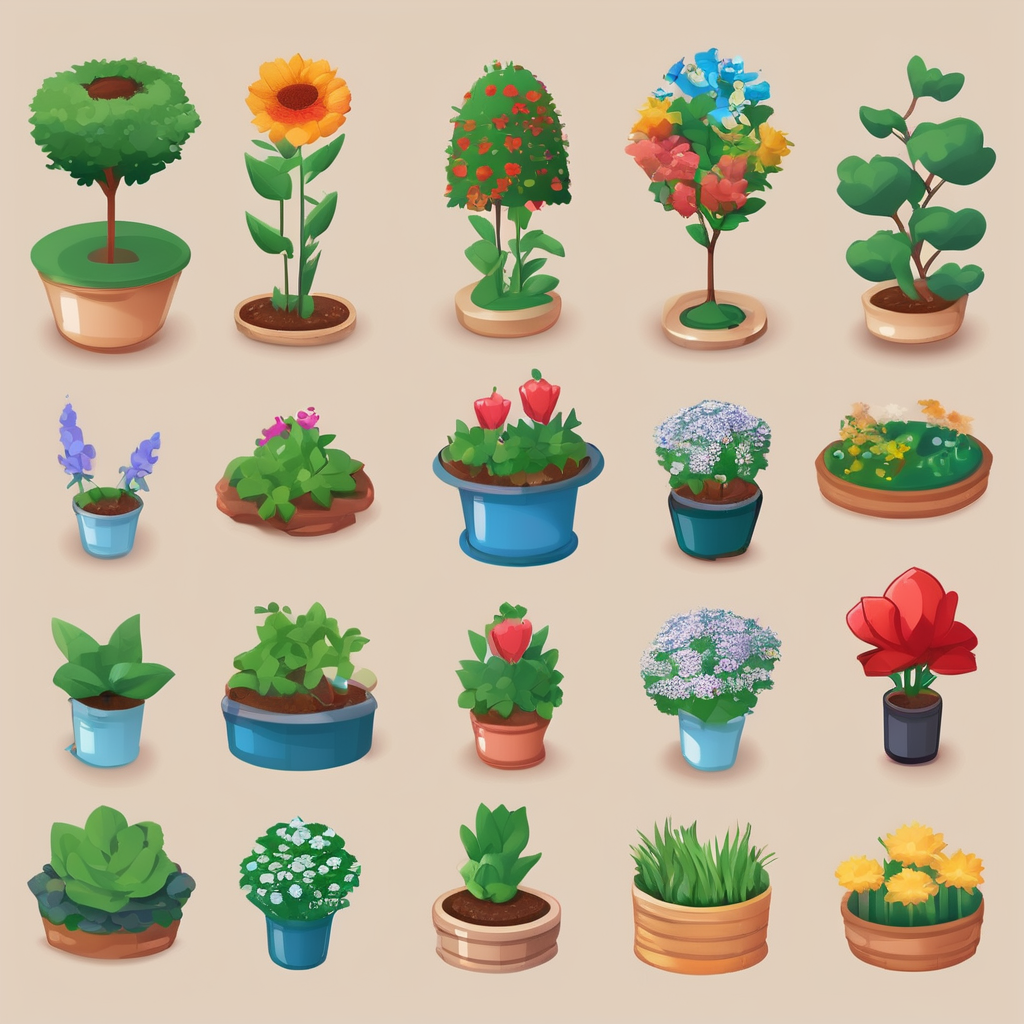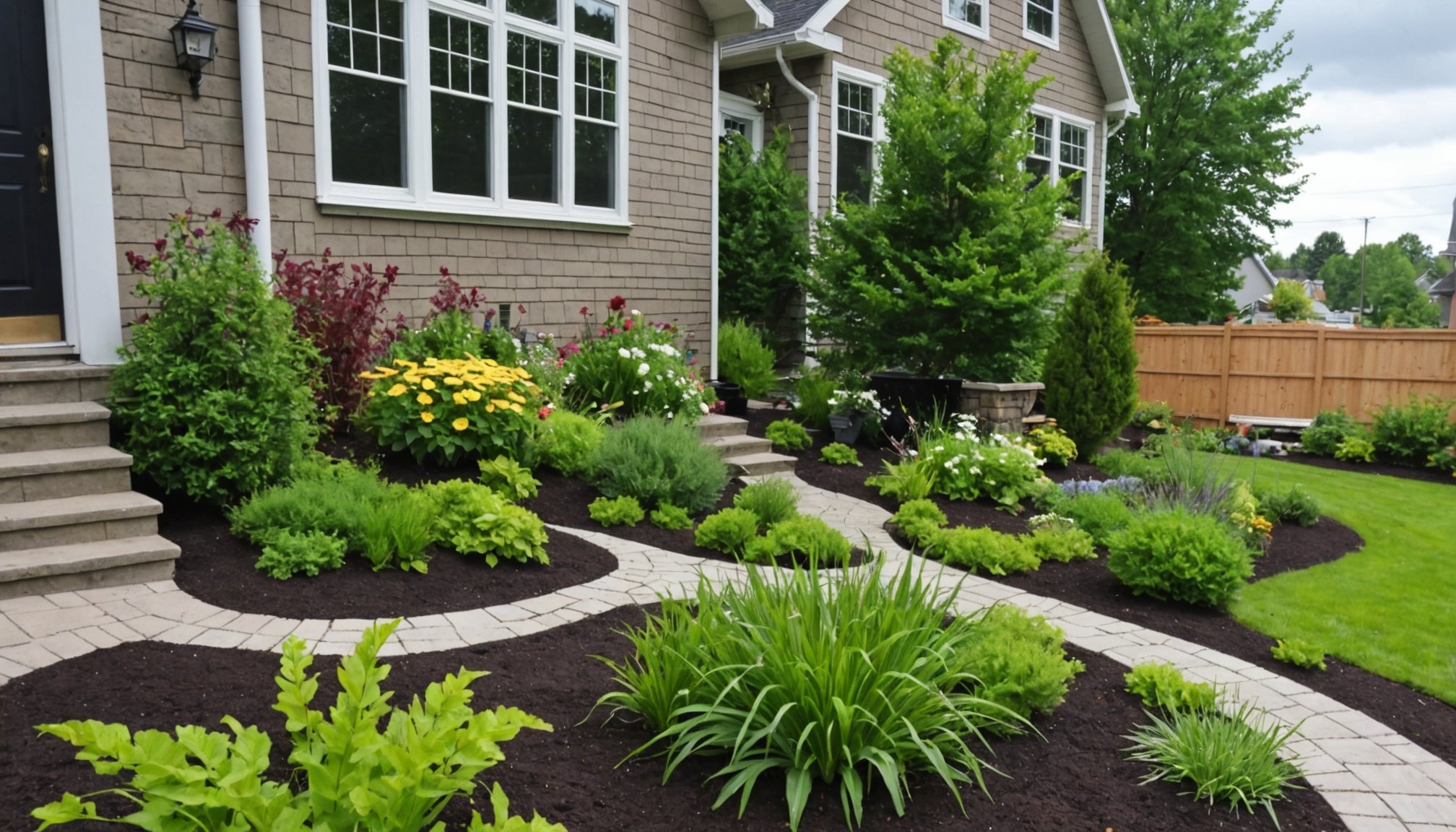Stormwater management is essential for maintaining a healthy environment in Glasgow. Rain gardens offer an innovative solution, helping to mitigate flooding while enhancing your backyard's beauty. These gardens capture runoff, filter pollutants, and promote biodiversity. By incorporating native plants, you can create a lush, sustainable space that thrives in Glasgow's climate. Discover how to transform your outdoor area into an eco-friendly oasis and improve your local ecosystem through effective stormwater management.
Understanding Stormwater Management in Glasgow
In urban landscapes like Glasgow, stormwater management plays a crucial role in addressing environmental challenges. The city faces significant stormwater issues due to its high rainfall levels and dense urban infrastructure. These conditions often lead to flooding, water pollution, and erosion, impacting both the environment and local communities.
Cela peut vous intéresser : Transform Your Compact UK Bathroom: Design Tips to Create an Illusion of Space
Effective stormwater management is essential for maintaining the balance of the Glasgow environment. By controlling runoff and improving water quality, it helps protect natural ecosystems and urban areas alike. One of the key principles of sustainable stormwater practices is rainwater harvesting, which involves collecting and storing rainwater for later use. This not only reduces the volume of runoff but also provides an alternative water source for non-potable uses, such as irrigation and flushing toilets.
Sustainable stormwater practices also include the use of green infrastructure, such as permeable pavements, green roofs, and bio-retention systems. These strategies mimic natural processes to manage rainwater where it falls, reducing the load on traditional drainage systems. By incorporating these practices, Glasgow can enhance its resilience to climate change and improve the overall quality of the urban environment.
A découvrir également : Transform Your Energy Savings: Harnessing LED Lighting to Slash Your Electricity Costs in the UK
Designing Your Rain Garden
Creating a rain garden is an innovative solution for stormwater management, especially in urban settings like Glasgow. A well-thought-out rain garden design integrates seamlessly into the landscape, offering both functional and aesthetic benefits.
Essential Components
For an effective rain garden, consider the following components:
- Native plants: These are adapted to local climate conditions and require less maintenance.
- Soil mix: A blend of sand, compost, and topsoil ensures good drainage and nutrient retention.
- Mulch layer: Helps retain moisture and suppress weeds.
Site Selection and Layout
Selecting the right site is crucial. Choose a low-lying area that naturally collects water, at least 3 meters away from building foundations. Ensure the location is free from underground utilities. The layout should direct water into the garden, using slopes or swales to guide runoff efficiently.
Recommended Dimensions
For optimal performance, the dimensions of a rain garden should be 20-30% of the area it drains. The depth typically ranges from 15 to 30 cm, allowing water to infiltrate within 24 hours. This depth prevents mosquito breeding and ensures plant health. By following these guidelines, Glasgow residents can enhance their backyard solutions for sustainable stormwater management.
Plant Selection for Rain Gardens
Choosing the right rain garden flora is crucial for creating an effective and sustainable garden. Native plants are highly recommended due to their adaptability to local climate conditions, requiring less water and maintenance. They also play a vital role in supporting local wildlife, enhancing biodiversity.
Benefits of Using Native Plants
Native plants are well-suited to Glasgow's unique climate and soil conditions. They naturally thrive without the need for excessive fertilisers or pesticides, making them an eco-friendly choice. Additionally, their deep root systems help absorb excess rainwater, reducing runoff and promoting water infiltration.
Recommended Plant Species
For Glasgow's climate, consider incorporating species like Meadow Buttercup, Purple Loosestrife, and Lady's Mantle. These plants not only withstand the local weather but also add vibrant colours and textures to your garden.
Tips for Biodiversity and Seasonal Interest
To create a dynamic and visually appealing rain garden, mix different plant species to ensure year-round interest. Incorporate a variety of heights and bloom times to attract pollinators and provide habitat for various wildlife. This approach not only enhances the garden's aesthetic appeal but also contributes to a balanced ecosystem.
Installation Process of Rain Gardens
Embarking on a rain garden installation can be a rewarding DIY landscaping project. With a clear step-by-step guide, you can transform your space into a sustainable haven.
Step-by-Step Guide
-
Planning and Design: Begin by assessing your landscape to determine the best location for your rain garden. Consider areas that naturally collect water and are at least 3 meters away from buildings.
-
Gathering Tools and Materials: Essential items include a shovel, wheelbarrow, rake, and measuring tape. You'll also need native plants, a soil mix of sand, compost, and topsoil, and a mulch layer.
-
Excavation: Dig a shallow basin, ensuring the depth aligns with the recommended dimensions of 15 to 30 cm. This allows water to infiltrate efficiently.
-
Soil Preparation: Mix sand, compost, and topsoil to create a well-draining environment, promoting plant health and water absorption.
-
Planting: Arrange your chosen native plants, considering their height and bloom time for biodiversity.
Common Pitfalls
Avoid compacted soil, which hinders water absorption. Ensure proper grading to direct water flow into the garden. By following these steps, you can successfully create a functional and beautiful rain garden.
Maintaining Your Rain Garden
Once your rain garden is established, Rain Garden Maintenance becomes essential to ensure its long-term success. Regular care not only preserves its beauty but also enhances its role in sustainable gardening.
Routine tasks include monitoring plant health, removing weeds, and ensuring proper water flow. It's crucial to check for debris that might obstruct water entry, as clear pathways are vital for efficient drainage. Seasonal care is particularly important in Glasgow's climate. During wetter months, inspect the garden for signs of erosion or waterlogging. In drier periods, occasional watering might be necessary to maintain plant vitality.
Long-term Care involves periodic soil testing to maintain the right nutrient balance. Mulching annually can help retain moisture and suppress weeds. Pruning plants to encourage growth and remove dead foliage is also beneficial.
For those seeking additional support, local gardening services offer valuable resources. These professionals can provide tailored advice and practical assistance, ensuring your rain garden remains a thriving part of your landscape. By staying proactive with maintenance, you can enjoy a flourishing garden that contributes to a sustainable urban environment.












